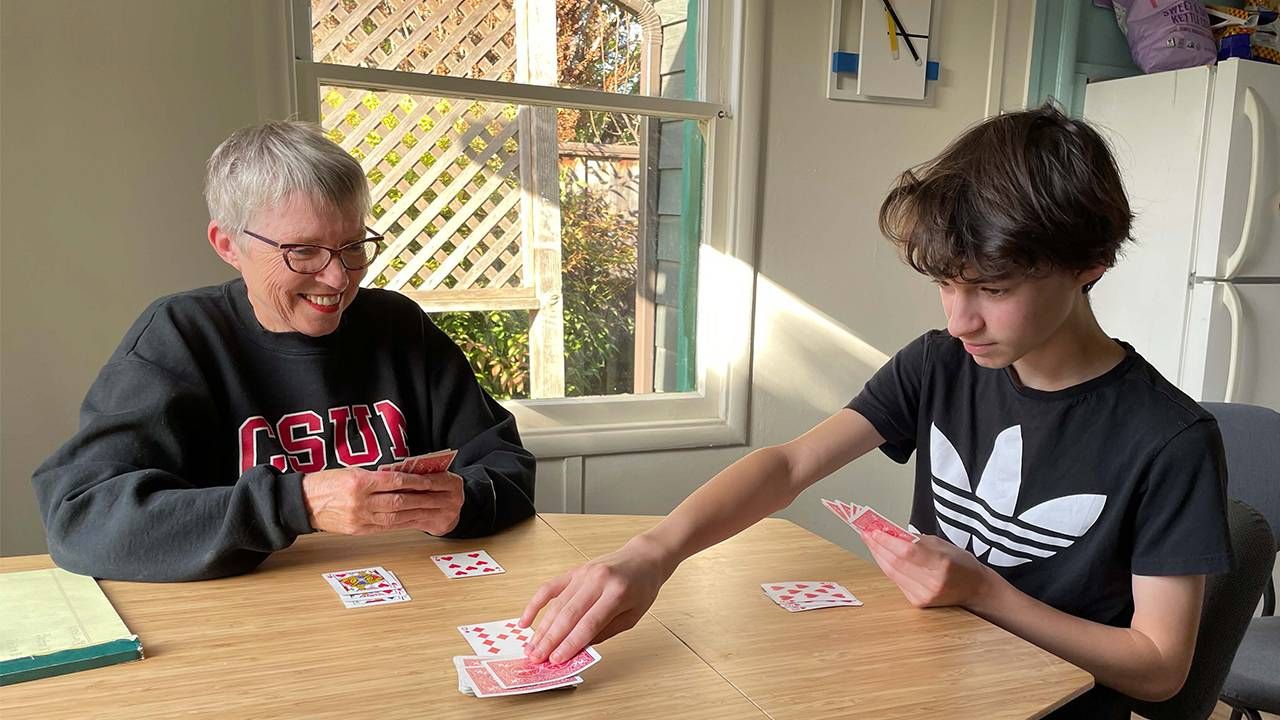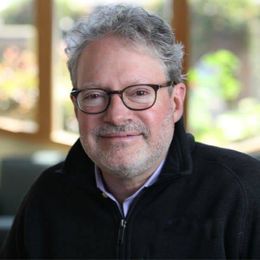My COVID-19 Experiment With Multigenerational Living
Could I survive a dose of my own rhetoric when my in-laws moved in behind our house?

Last month, my wife's parents — Donna and Harry — moved into the appropriately named in-law unit behind our house in Northern California.
When our previous renter departed, we were brokenhearted. The idea of trying to find a new occupant who felt like family was daunting. Then it occurred to us that Leslie's mother and stepfather — who are in their early 70s and late 60s respectively and were weary of Seattle winters and eager to be closer to family — might be willing to move in.
In a normal year, we'd only get to see Donna and Harry every three or four months; during the pandemic, we had seen them just twice.
And then it hit me: My in-laws in the backyard?
The in-law unit we have is a tiny, rustic cottage, so it wasn't an easy sell to my in-laws. But three grandchildren aged 11, 13 and 15 sweetened the pot.
The Grandparents Had One Condition
The grandparents said yes, on one condition: We had to build a fence to keep our obstreperous dogs from terrorizing their small poodle.
Done!
And then it hit me: My in-laws in the backyard?
Friends asked if I was nuts. The truth is that I wasn't concerned about getting along with Donna and Harry, who are wonderful. I was worried about whether the reality of multigenerational living would live up to the rhetoric I've been dispensing for years about the benefits of an age-integrated life.
Would I be exposed as a fraud?
For more than 30 years, I've been appalled by the policies and practices that have segregated younger people in schools; middle-aged people in workplaces; and older people in senior centers, retirement communities, nursing homes and other age-graded settings, all too often cut off from different generations.
It's a tragedy, one contributing to problems from ageism to loneliness. How can younger people learn how to grow older gracefully if they have little contact with older people? How can we navigate a multigenerational world if young and old hardly ever encounter each other?
Our Commitment to Covering the Coronavirus
We are committed to reliable reporting on the risks of the coronavirus and steps you can take to benefit you, your loved ones and others in your community.
Read Next Avenue's Coronavirus Coverage
Of course, the pandemic has driven all this home in vivid and heartbreaking ways as older and younger people have been even further isolated from one another. As we start to see light at the end of the tunnel, it's on us to figure out how to prevent the scourge of generational disconnection going forward.
But how?
The Early Reports Are Encouraging
The early reports on my personal experiment in cross-generational living (with two fully vaccinated, retired post-65 adults in good health) are, I'm delighted to say, encouraging.
There have been immediate practical benefits. Coordinated shopping trips to the grocery store. Walking each other's dogs. Best of all, my wife and I got to go away for a couple of days on a mini-vacation down the California coast, as my in-laws provided child care.
But the biggest benefits have not been in shared labor or new efficiencies. They've been in the category of the everyday: Informal dinners. Our middle son watching "Jeopardy" every night with his grandmother. An outbreak of Gin Rummy.
Simple connections between older and younger people need to be more fully woven into the fabric of daily life.
Norman Rockwell would be pleased.
And then there's COVID-19 relief, but not the kind that winds itself through Congress. It's the relief of seeing more people. Of variety in our interactions. With seven humans and three dogs shoehorned into a small lot, there's plenty of that. And there's a new spring in our steps, too.
The Importance of Connecting Older and Younger People
A decade ago, Donna — a former administrator in a university department — provided crucial help as I was working on a book tracing the new stage of life between the middle years and old age. She had come down to help with the kids while I finished the final chapter. Over the laundry hamper one day, I asked her, in desperation, what to call this new life stage. "I'm on my next-to-last dog," she said. Perfect.

Unfortunately, that dog died. But I'm happy to report that its successor seems poised for a long life (provided we can keep our two dogs, Daisy and Zorro, at bay).
And Donna and Harry's presence in our backyard (Harry was a professor, dean and provost at state universities) is once again driving home an important personal lesson with professional implications for my work — and the nonprofit I run, Encore.org. Simple connections between older and younger people need to be more fully woven into the fabric of daily life. In housing; in workplaces; in schools and in communities. And they shouldn't be restricted to relatives.
We need to be creative in bringing older and younger people together through daily encounters and the discovery of shared interest — through proximity and purpose. Down deep, there's self-interest running up and down the generational chain.
We need each other. That was true before COVID-19, and it's all the more evident today. As I now know, happily first-hand.


